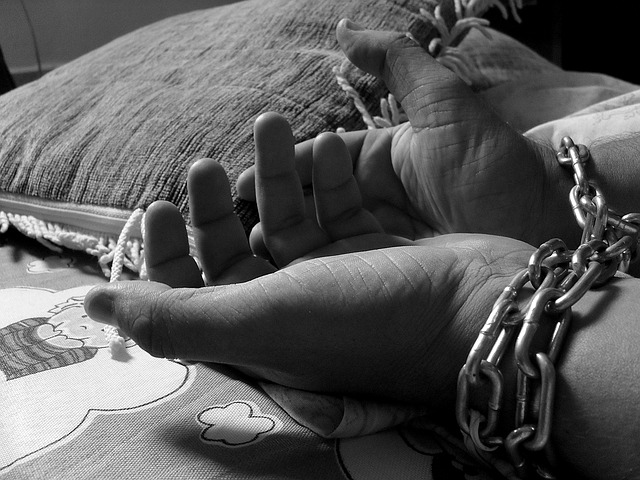
Girl trafficking is one of the most prevalent and critical problems of Nepal. It is a major social crime in Nepal. It has spread rapidly in remote areas where people are uneducated, ignorant and poor. All we know is that girl trafficking is the Illegal act of buying, selling and exploiting girls. There are countless girls in Nepal who are facing trafficking. It is increasing day by day. They are trafficked and left at the brothel where they are compelled to act as prostitutes. Traffickers in Nepal mostly sell the girls in India.
An estimated 10,000 to 20,000 girls are sold every year through different ways in Nepal to India and other countries. From rural areas, illiterate girls, who are suffering from poverty, are brought to cities by brokers who act like they have good jobs for them. The girls who are sold in prostitution houses come back to Nepal being HIV infected. They pass on HIV to other youths in Nepal. Some girls who are victimized and infected with HIV are sent back to Nepal empty handed. They are not accepted by their family or society. They are ignored and hated.
Child labor is a crime in which children are forced to work in their very early years and perform responsibilities just like adults by taking part in the economic activities. According to the International Labor Organization (ILO), there is an age limit applied to children, that children up to age fifteen will not involve in any type of work forcefully. It causes lack of many important things in the life of a child like improper physical growth and development, inappropriate development of the mind, and it is intellectually unhealthy.
Child labor keeps a child away from all the benefits of childhood, the happiest and memorable period of life. The main causes of child labor all over the world is poverty of parents, society, a low salary, joblessness, poor living standards and understanding, social injustice, a lack of schools, backwardness and ineffective laws which are directly affecting the development of the country. Though child labor is declining at the rate of 100,000 every year, Nepal still accounts for 1.6 million children between (5-17 years) in child labor. Of these 621,000 are estimated to be engaged in hazardous work. Estimates suggest that 60 percent of children in hazardous workplace are girls ( 373,000)
Human trafficking involves recruiting and transporting people into a situation of exploitation through the use of violence, and forcing them to work against their will. In other words, trafficking is a process of enslaving people, coercing them into a situation with no way out, and exploiting them to make money. People can be trafficked for many different forms of exploitation such as forced prostitution, forced labor, forced begging, forced criminality, domestic servitude, forced marriage, and forced organ removal. Human trafficking is the third most profitable criminal activity in the world making in US dollars $10 billion every year. Victims are trafficked by the people they know and trust, including friends, neighbors, as well as by seemingly trustworthy agencies. Severe natural disasters like earthquakes and floods have left millions homeless and impoverished, leaving people desperate and thus easily exploited by human traffickers.
Human trafficking in numbers
- 51% of identified victims of trafficking are women, 28% children and 21% men
- 72% people exploited in the sex industry are women
- 63% of identified traffickers were men and 37% women
- 43% of victims are trafficked domestically within national borders
Estimated by The United Nations Office for Drugs and Crime (UNODC), the main causes of human trafficking are lack of employment opportunity, extreme greed for wealth, poor economic systems, unwholesome business gains, low self-esteem, poverty, etc.
The victims in the process of trafficking are abused and exploited in specific conditions, which may result in short-term and long-term, minor and severe, psychological and physical injuries; as well as diseases and infections, especially sexually transmitted diseases or HIV viruses. Sometimes this can go to the extreme and result in permanent disabilities and death. Symptoms like: anxiety, depression, alienation, disorientation, aggression and difficulties in concentration are direct consequences of the long-term and repeated traumatic experiences that victims suffer during the process of trafficking. Human trafficking is more than a problem of simple slavery, it is a problem of human empathy. The thirst and greed that humans experience will always outweigh the sound of their own conscience. The only way to reduce human trafficking is to raise awareness and to try to stop it wherever it comes up. This means that illegal prostitution and drug rings need to be stamped out.
